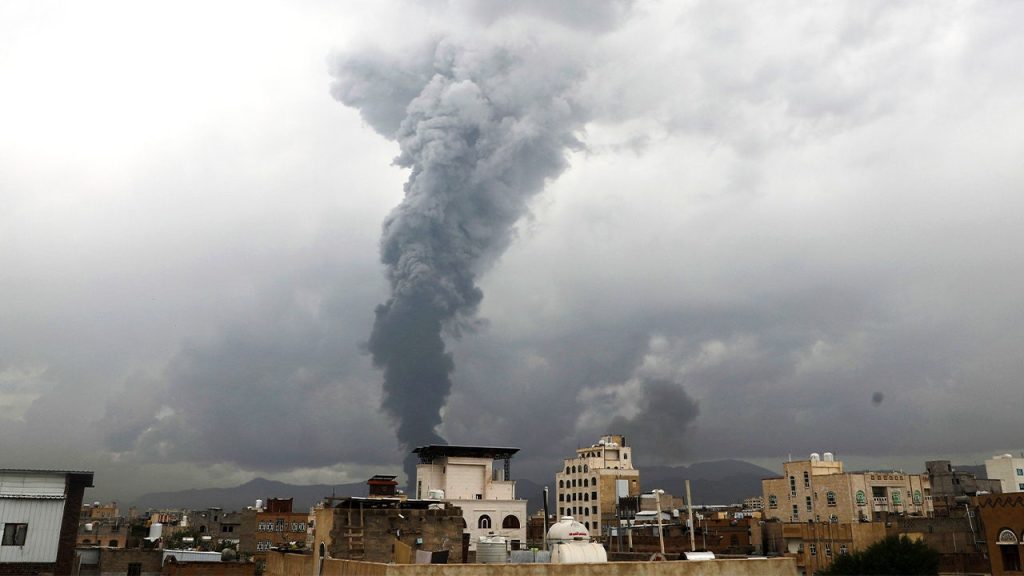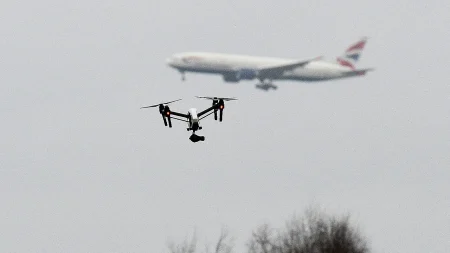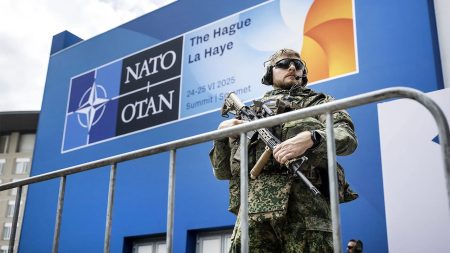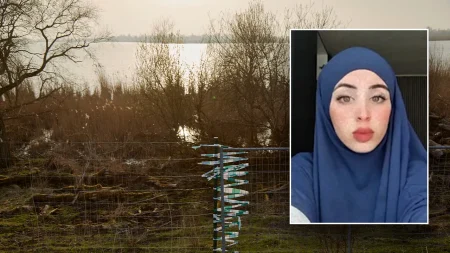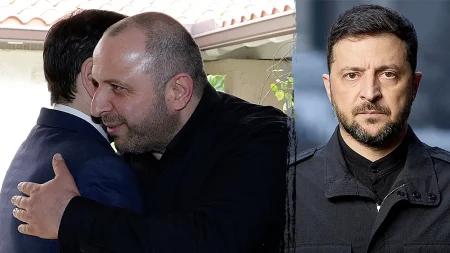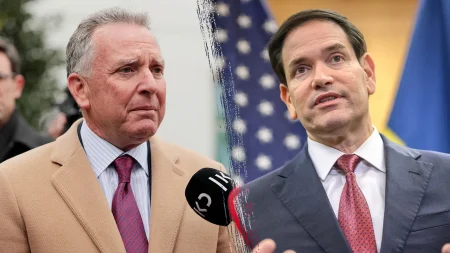Israel’s Escalating Conflict with Houthi Forces in Yemen
Israel has intensified its military engagement with Houthi forces in Yemen, confirming a second strike on the capital city of Sanaa in less than a week. The Israel Defense Forces (IDF) justified Thursday’s attack by stating that the Houthis were acting under Iranian direction with the explicit aim of harming Israel and its allies. According to the IDF, these Houthi operations have been “undermining regional stability and disrupting global freedom of navigation” – a reference to the group’s ongoing attacks on shipping vessels in the Red Sea. The strike came with a stark warning from Israeli Defense Minister Israel Katz, who invoked biblical imagery: “As we warned the Houthis in Yemen: ‘After the plague of darkness comes the plague of death.’ Whoever raises a hand against Israel, their hand will be cut off.” This forceful rhetoric underscores the seriousness with which Israel views this expanding front in its regional conflicts.
The timing of Thursday’s strike proved particularly dramatic, reportedly occurring during a speech by Houthi leader Abdul-Malik Badreddin al-Houthi. According to Israeli media outlet YNet, the attack was launched after Israel intercepted two drones from Yemen, yet remarkably, the Houthi leader’s speech continued without interruption – a detail that highlights the psychological dimensions of this conflict where both sides project strength and resilience even amid direct attacks. This latest strike follows Sunday’s Israeli operation against Yemen’s capital, which exacted a significant human toll. Reuters reported that according to a Houthi Health Ministry spokesperson, that attack resulted in six deaths and injured 86 others, marking a significant escalation in the violence between the two parties and raising humanitarian concerns about the impact on Yemeni civilians caught in this widening Middle Eastern conflict.
The confrontation between Israel and the Houthis represents a relatively new front in the larger regional tensions, having developed intensely over the past two years. The Iran-backed group, which controls significant portions of Yemen, threatened military action against Israel within days of Hamas’ October 7, 2023 attack. True to their word, within weeks the Houthis had launched missiles and drones toward Israeli territory, though these were intercepted by U.S. forces aboard the U.S.S. Carney before reaching their targets. This pattern of Houthi attacks and Israeli counterstrikes has continued since, with Israel targeting Houthi-controlled areas in Yemen, including strategic locations like the Hodeidah port. The conflict exemplifies how the Gaza war has catalyzed a broader regional realignment, with Iran-backed groups across multiple countries coordinating their actions against Israel in what they frame as solidarity with Palestinians.
The persistence of this conflict reflects deeper regional dynamics at play. Despite Israel’s military responses, the Houthis have maintained their campaign of attacks, explicitly framing them as acts of solidarity with Gaza. As recently as August 22, they claimed responsibility for firing a ballistic missile at Israel, according to Reuters. This steadfastness in the face of Israeli military superiority illustrates how ideological commitment and strategic alliances with Iran can sustain asymmetric conflicts even when facing significant military disadvantages. For the Houthis, who have been engaged in a complex civil war in Yemen since 2014, the campaign against Israel serves multiple purposes: it burnishes their credentials as defenders of the Palestinian cause, strengthens their relationship with their Iranian patrons, and elevates their status within the network of anti-Israel forces in the Middle East.
The widening of Israel’s military operations to include direct strikes on Yemen represents a significant expansion of the conflict that began with Hamas’ attack and Israel’s subsequent operations in Gaza. It demonstrates Israel’s willingness to engage adversaries across multiple fronts simultaneously, from Gaza and Lebanon to now Yemen, in what Israeli officials characterize as necessary measures to protect their citizens from a network of Iran-backed threats. This approach carries considerable risks, however, as it stretches Israeli military resources and potentially opens the door to further regional escalation. The Houthi attacks on shipping in the Red Sea have already drawn in international naval forces, including American and European vessels, highlighting how quickly these bilateral confrontations can acquire international dimensions in the strategically vital waterways of the Middle East.
As this conflict continues to evolve, the humanitarian consequences for civilians in Yemen—already suffering through what the United Nations has called one of the world’s worst humanitarian crises due to years of civil war—raise serious concerns among international observers. While both Israel and the Houthis claim their actions are justified responses to aggression from the other side, the ordinary people of Yemen face additional hardships from this superimposed conflict. The situation underscores the complex interconnections between various Middle Eastern conflicts, where local disputes become integrated into broader regional power struggles involving Iran, Israel, Saudi Arabia, and the United States. With both Israel and the Houthis showing no signs of backing down, and with Iran continuing to support its network of regional proxies, this front of conflict appears likely to persist as part of the larger pattern of instability reshaping the Middle East in the aftermath of the Gaza war.





